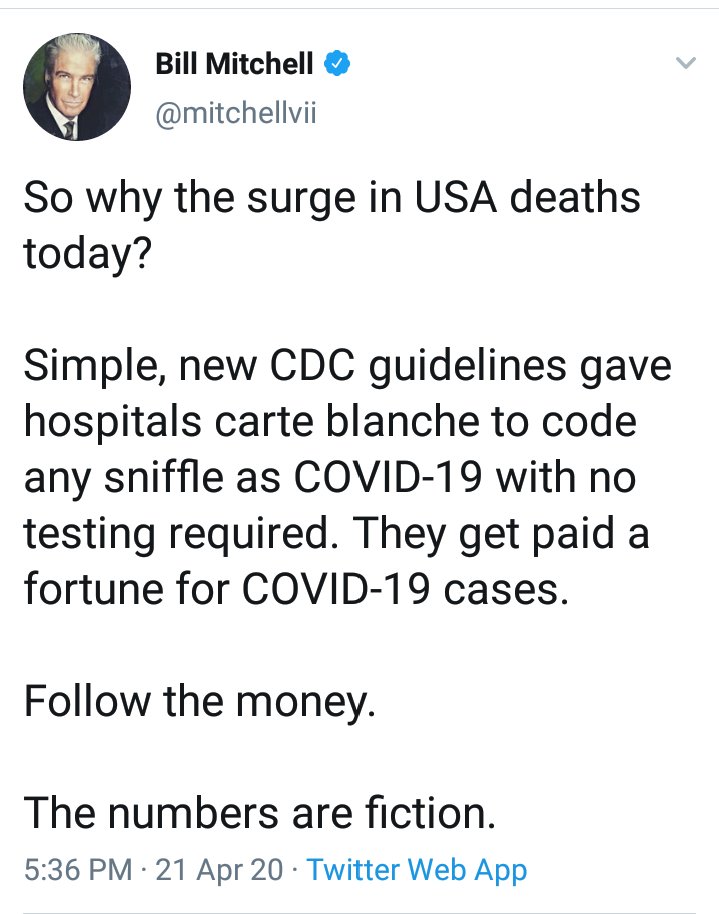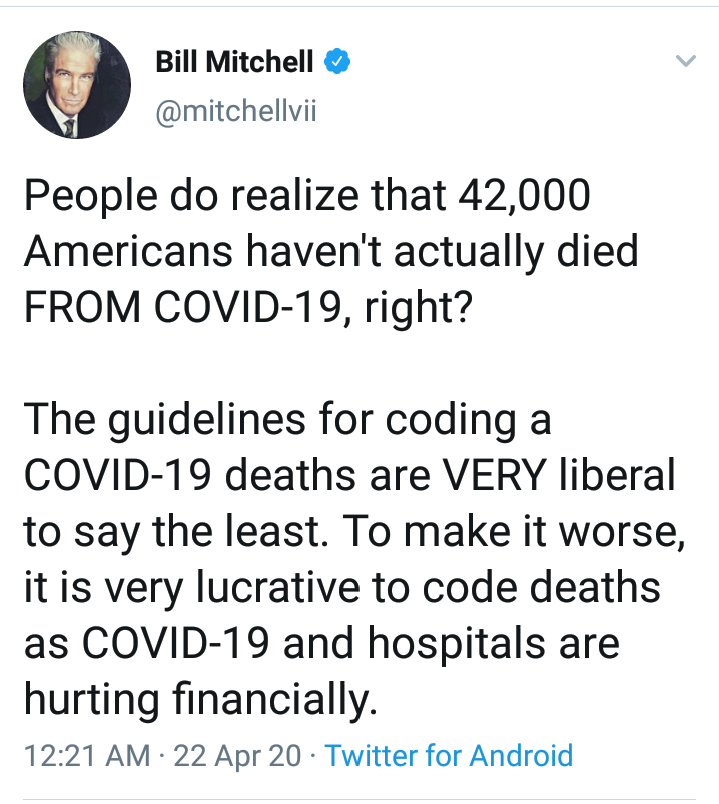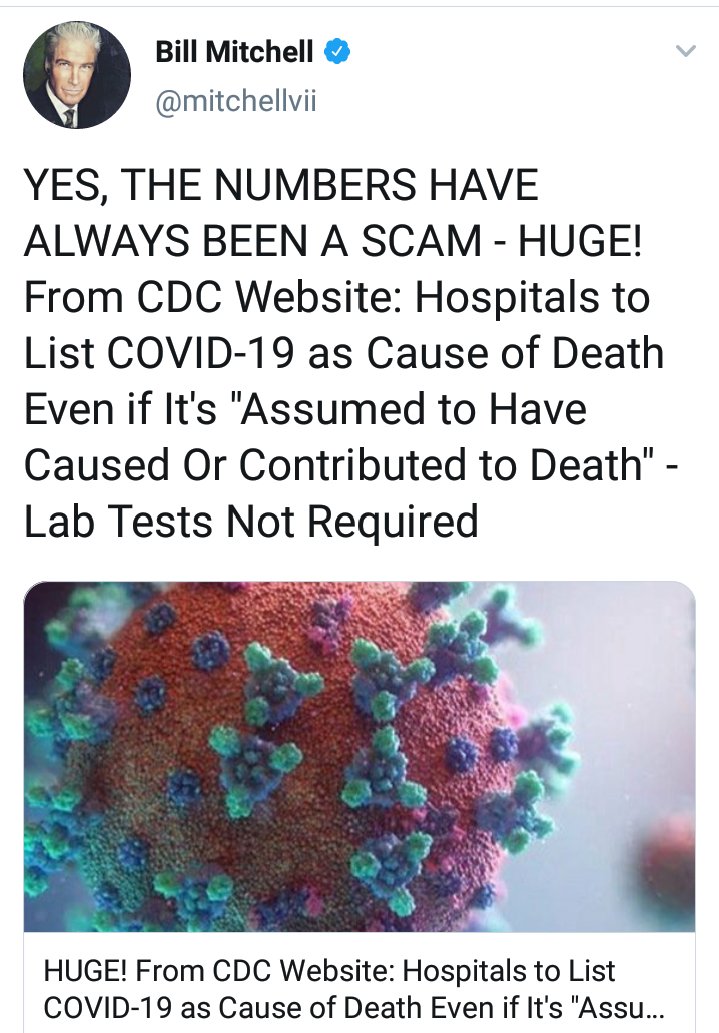This excellent paper by @ElainePelley & @Molly_Carnes explores the trend of ⬆️gender segregation in medical specialties and downstream impacts.
#WomenInMedicine THREAD
journals.lww.com/academicmedici…
Is Canadian medicine any better? We haven’t analyzed historical data (yet), but I think you know what I would say.
FIN













